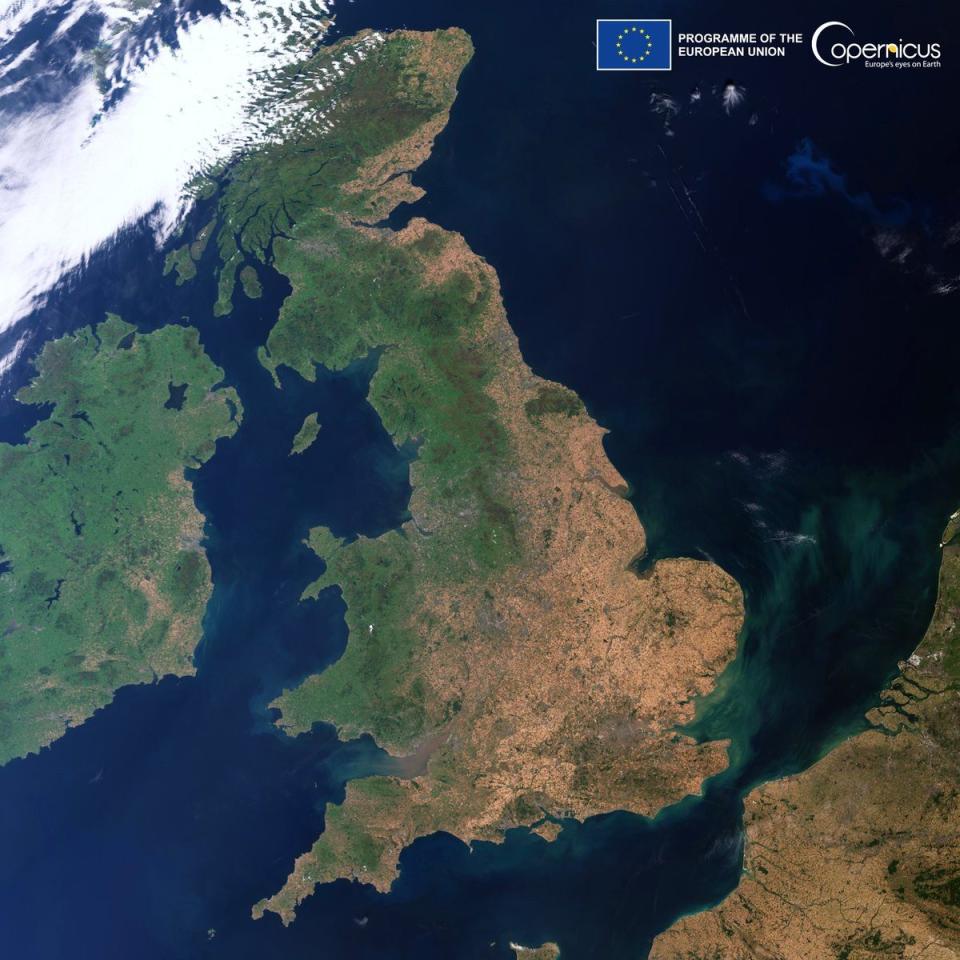Drought declared across half of England

More than half of England is to be moved into drought status, the Department for Environment, Food and Rural Affairs said, following the driest summer in 50 years.
Eight of 14 areas in England will be declared in drought status: Devon and Cornwall, Solent and South Downs, Kent and South London, Herts and North London, East Anglia, Thames, Lincolnshire and Northamptonshire, East Midlands.
Yorkshire and the West Midlands are expected to move into drought later in August.
The move is expected to trigger hosepipe bans by Thames and South West Water and could see further restrictions elsewhere.
A drought declaration could also see canals closed to boats, and extra measures brought in to protect wildlife, with measures potentially lasting into next year.


Water minister Steve Double said: "We are currently experiencing a second heatwave after what was the driest July on record for parts of the country. Action is already being taken by the Government and other partners including the Environment Agency to manage the impacts.
"All water companies have reassured us that essential supplies are still safe, and we have made it clear it is their duty to maintain those supplies.
"We are better prepared than ever before for periods of dry weather, but we will continue to closely monitor the situation, including impacts on farmers and the environment, and take further action as needed."
Experts have said that only “exceptional rainfall” in the south and east of England over the Autumn and winter would ensure water resources return to normal before 2023, which means restrictions could last into next year.
Reservoir levels across England and Wales were 20 per cent lower than usual at the end of July, the biggest deficit since records began in 1990.
The decision on drought status will be announced after a meeting attended by the environment minister Steve Double, as well as representatives from the Environment Agency, water industry and farmers.
Harvey Bradshaw, Environment Agency executive director for the environment and chair of the NDG, said: "The current high temperatures we are experiencing have exacerbated pressures on wildlife and our water environment.
"EA staff are doing an excellent job responding to environmental impacts and working with water companies to make sure they are following their drought plans.
"Today’s meeting has helped to build on our coordinated action to manage water supplies, consider water users and protect the environment. We urge everyone to manage the amount of water they are using in this exceptionally dry period."

The last drought was in 2018 and lasted until 2019, but rain early on meant hosepipe bans were never needed. Between 2010 and 2012 there was a prolonged drought, including hosepipe bans, driven by successive dry winters. Multi-season droughts are rare, but scientists say they could become more common as the climate warms.
Farmers have warned of risk to food supply with with potato, apple and hop harvests already depleted.
More than two-thirds of reservoirs or groups of reservoirs in England saw their stock of water drop by over 10 per cent between the end of June and the end of July.
Ardingly reservoir in West Sussex and Hanningfield reservoir in Essex both saw the largest decreases last month, with drops of 21pc.
The total stock of water in England's reservoirs at the end of July was 65pc of its normal capacity - the lowest level for that point in the calendar year since 1995, the Environment Agency said.
The majority of reservoirs are currently classed as exceptionally low for the time of the year, with only four recording water levels that are normal: Abberton in Essex; Haweswater & Thirlmere in Cumbria; the Lower Lee Group in Hertfordshire and north London; and the Teesdale group in north-east England.
Levels are lowest at Colliford reservoir in Cornwall (43pc of capacity), Stithians reservoir in Cornwall (44pc) and the Derwent Valley reservoirs in Derbyshire (45pc).

 Yahoo Movies
Yahoo Movies 
